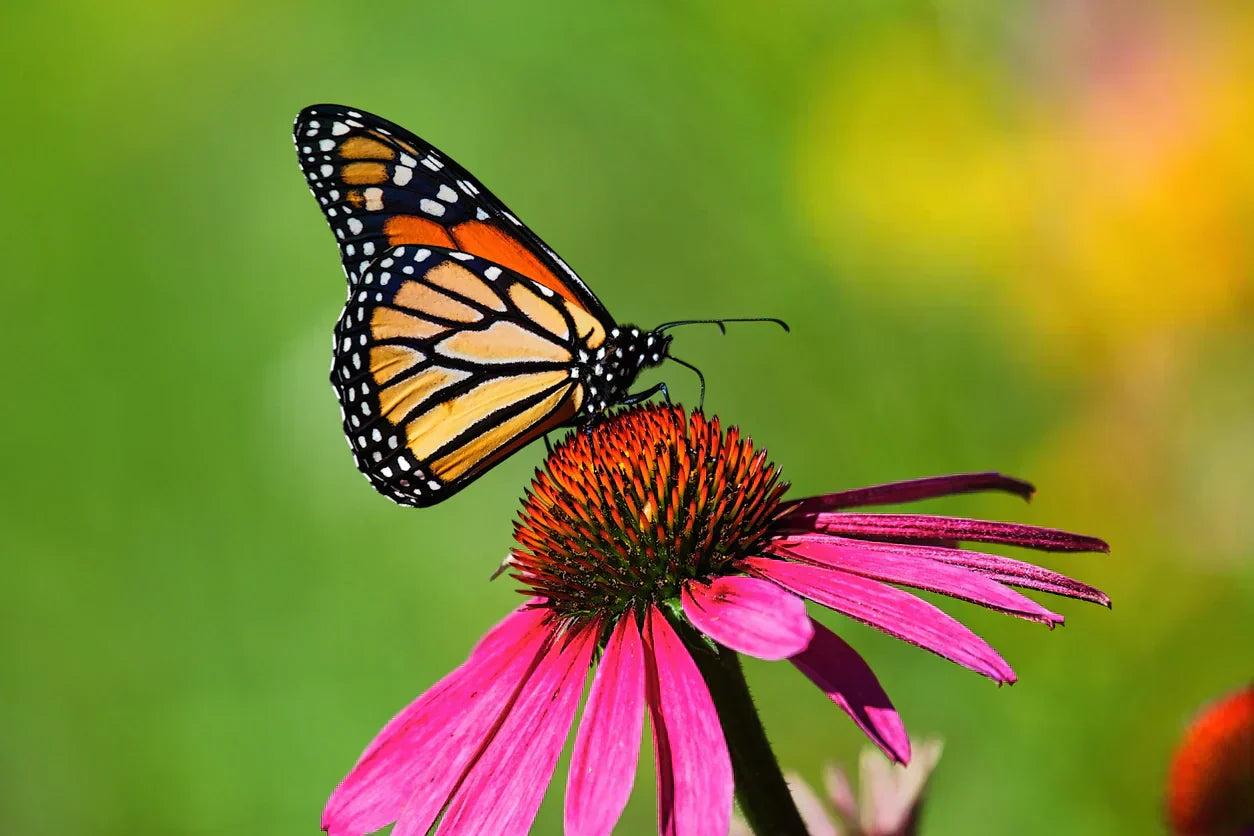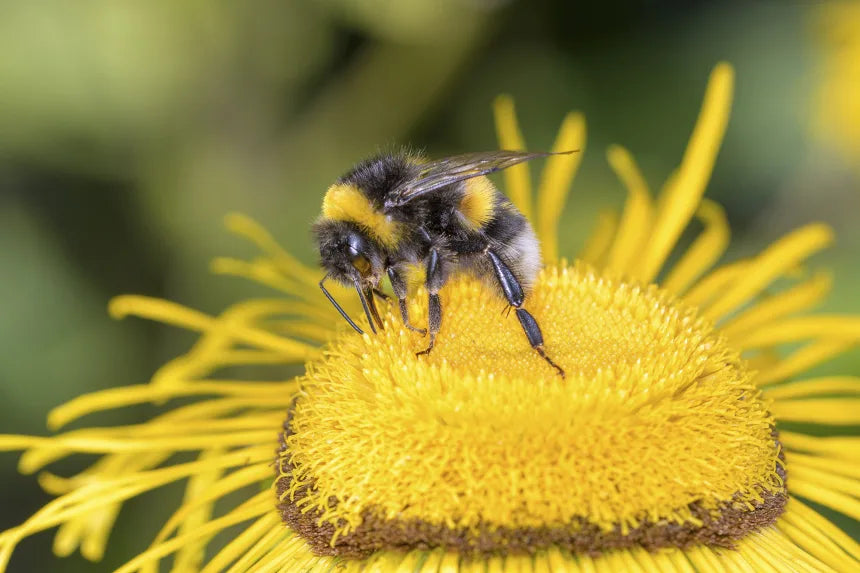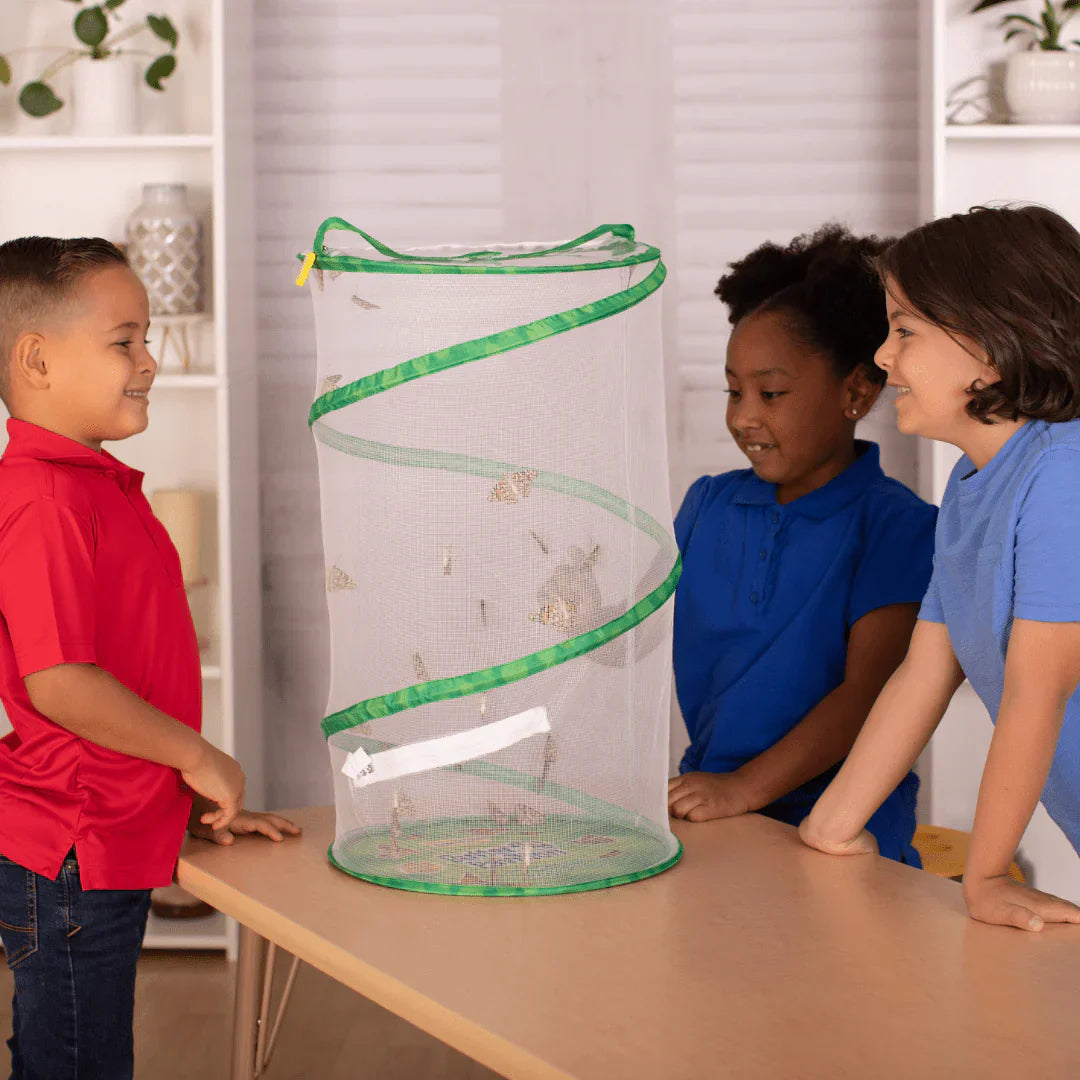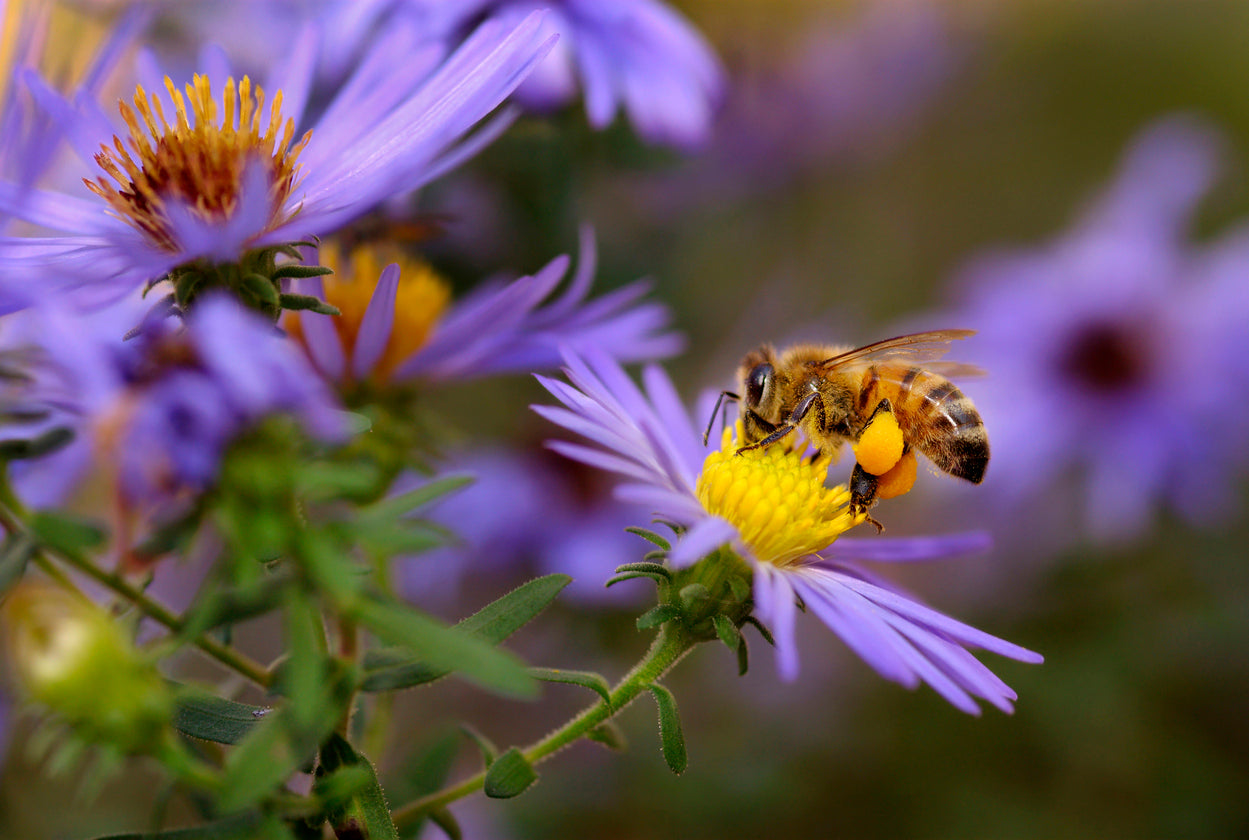Add description, images, menus and links to your mega menu
A column with no settings can be used as a spacer
Link to your collections, sales and even external links
Add up to five columns
Add description, images, menus and links to your mega menu
A column with no settings can be used as a spacer
Link to your collections, sales and even external links
Add up to five columns

How to Attract Butterflies to Your Garden
By Spencer McManamna April 10, 2024 3 min read
Want to bring more beautiful butterflies into your garden? Transforming your garden into a haven for butterflies is not only a delightful way to enhance its beauty, but also a meaningful step towards promoting biodiversity. By creating an environment rich in nectar-producing flowers, host plants, and shelter, you can attract these enchanting insects and provide them with the resources they need to thrive.
In this article, we explore simple yet effective strategies for attracting butterflies to your garden, allowing you to experience the joy of their company!
What Attracts Butterflies?
Plants and flowers play crucial roles in attracting butterflies and caterpillars by providing essential resources necessary for their life cycles. Nectar-producing flowers act as irresistible feeding stations, drawing adult butterflies with their abundant supply of energy-rich nectar.
Butterfly host plants are important breeding grounds, providing suitable foliage for egg-laying and nourishment for developing caterpillars. A diverse array of plant species ensures a continuous supply of nectar and caterpillar food, catering to the varying preferences of different butterfly species. Gardens also offer shelter in the form of dense vegetation, providing refuge from predators and poor weather conditions.
Planting Native Flowering Plants
Planting native flowering plants is a highly effective strategy for attracting butterflies and caterpillars to your garden. Native plants have evolved alongside local butterfly species, making them well-suited to the specific needs and preferences of these insects. They provide familiar sources of nectar for adult butterflies, ensuring a reliable food supply throughout the seasons.
Once butterflies mate, native plants often serve as host plants for caterpillars, offering the appropriate foliage for egg-laying and nourishment. By incorporating native flowering plants into your garden, you not only support the survival of local butterfly populations but also contribute to the preservation of native plant communities and the broader ecosystem surrounding them!
Planting Long-Blooming Flowers
Planting continuously blooming flowers is an effective strategy for attracting butterflies and caterpillars to your garden year-round. These flowers provide a consistent and reliable source of nectar, ensuring that adult butterflies always have access to the energy they need for foraging and reproduction. Additionally, by offering a succession of blooms throughout the seasons, continuously blooming flowers provide a continuous food source for butterflies during different stages of their life cycles. This sustained availability of nectar not only attracts a diverse range of butterfly species but also supports their overall health and vitality.
Planting Fruit Trees
Planting fruit trees can significantly contribute to attracting butterflies and caterpillars to your garden. While fruit trees primarily provide a food source for humans, they also offer valuable resources for butterflies throughout various stages of their life cycles. During the flowering season, fruit trees produce abundant nectar-rich blooms, attracting adult butterflies in search of sustenance.
The fruit produced by these trees serves as a supplementary food source, providing essential nutrients for butterflies, especially during periods when nectar-producing flowers may be scarce. Fruit trees offer shelter and habitat for butterflies and caterpillars, with their dense foliage providing suitable roosting and breeding sites. By incorporating fruit trees into your garden landscape, you not only enjoy the benefits of homegrown produce but also create a welcoming habitat that supports the diverse needs of butterflies and caterpillars.
Creating Puddling and Sunning Areas
Creating puddling and sunning areas is a simple yet effective way to attract butterflies and caterpillars to your garden. Puddling areas, consisting of shallow depressions filled with moist soil or sand, provide essential minerals and salts that butterflies need for reproduction and overall health. These minerals, often lacking in other sources of food, are particularly crucial for male butterflies, aiding in the development of reproductive fluids.
Additionally, sunning areas, featuring open patches of bare ground or rocks exposed to sunlight, offer warm basking spots where butterflies can regulate their body temperature, relax and recharge their energy reserves. Puddling and sunning areas provide essential resources that support the well-being and vitality of butterflies and caterpillars.
Creating Protective Shelters
Protective shelters play a vital role in attracting butterflies and caterpillars to your garden by providing safe havens where these delicate insects can seek refuge from adverse weather conditions and predators. These shelters can take various forms, including dense vegetation, brush piles, and specially designed butterfly houses or shelters. Dense vegetation offers cover for butterflies and caterpillars to roost, rest, and hide from predators, while brush piles provide additional protection and nesting sites.
Butterfly houses or shelters mimic natural roosting spots, offering a secure environment for butterflies to seek shelter during inclement weather or overnight. By incorporating protective shelters into your garden landscape, you create beautiful and rich habitats that support the survival and well-being of both butterflies and caterpillars, enhancing the biodiversity and ecological resilience of your outdoor space!
Related products
Also in Butterflies

Ultimate Guide to Pollinators
December 15, 2025 8 min read
Pollination is the transfer of pollen from an anther of a plant to the stigma of a plant, which makes fertilization and the production of seeds possible. Read on to discover the uniquely incredible world of pollination, which brings so many priceless gifts to our own world.

Tips for Implementing STEM Education in the Elementary Classroom
December 11, 2025 4 min read
In this article, we'll help explain practical strategies for bringing STEM into daily instruction and will explore specific butterfly-metamorphosis activities that enrich your students’ scientific understanding!

History of National Pollinator Month
December 11, 2025 4 min read
National Pollinator Month, observed every June, is dedicated to raising awareness about the essential role pollinators play in sustaining our ecosystems, agriculture, and global food supplies.

Enter Your Voucher Code Below
If you are experiencing difficulty redeeming your voucher on your desktop, please use a mobile device for a better redeeming experience.

We are unable to combine redemption fees. If you are redeeming 1-5 voucher codes, please complete separate purchases through our website for each voucher. If you are redeeming 6+ vouchers, please email us at customerservice@insectlore.com with your voucher codes and shipping address and we'll send you a custom invoice for payment.
Thank you for Redeeming your voucher!
You redeemed a $title

Don't miss this special one Time Offer.
Check the Box to Add this Special Offer to your Cart

Don't miss this special one Time Offer.
Check the Box to Add this Special Offer to your Cart
It looks like you are an Insect Lore UK/EU customer! You are visiting the Insect Lore USA website.
Click Insect Lore UK/EU website to be redirected to insectlore.co.uk.




